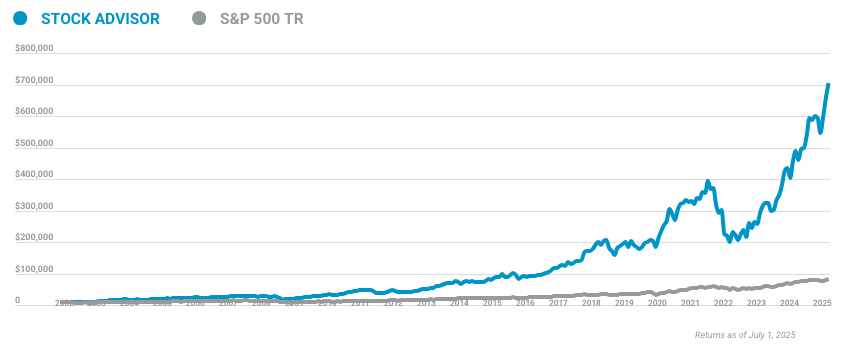Las Vegas Sands (NYSE: LVS) and Wynn Resorts (Nasdaq: WYNN) are two of the world's biggest casino powerhouses. MGM Resorts (NYSE: MGM) is in the game as well, but on a much smaller scale. Las Vegas Sands and Wynn compete for customers in Las Vegas and Macau and today we're going to see which is better for your investment dollars.
Complications in Macau
The first thing we need to do is adjust our numbers for the portion of Macau operations each company does not own. This is often overlooked, but each company sold a portion of its Macau operation in an IPO, so neither company can take 100% value for casinos in Macau. Below I have trailing-12-month EBITDA in Macau, the percentage of ownership, and the corresponding EBITDA available to shareholders. We'll cover debt later.
|
Macau |
12-Month EBITDA |
Percent Ownership |
Net EBITDA to Shareholders |
|---|---|---|---|
| Las Vegas Sands | $1,152.3 million | 70% | $806.6 million |
| Wynn Resorts | $737.9 million | 75% | $553.4 million |
Since we are not looking at all of the Macau EBITDA, we can't include all of the debt either. Las Vegas Sands has $3.06 billion of debt related to Macau and $6.51 billion related to U.S. properties and Singapore. So net debt, if we account for the ownership percentage of Macau operations, is $8.65 billion.
Wynn Resorts has only $552 million of Macau debt and $2.6 billion related to U.S. and other obligations. So net debt, when accounted for Macau ownership, is $3.0 billion. We will use this later when calculating enterprise value.
Below is a table of net EBITDA for each region at both companies. I have used EBITDA of $1.25 billion in Singapore as a projection of EBITDA over a full year.
|
Net EBITDA |
Las Vegas Sands |
Wynn Resorts |
|---|---|---|
| U.S. Properties | $332.4 million | $256.6 million |
| Macau | $806.6 million | $553.4 million |
| Singapore | $1,250 million |
Now that we have debt figures and EBIDTA for common shareholders, we need to attach a multiple for each area to arrive at a projected enterprise value. U.S. properties don't command the same multiple as Macau or Singapore, but beyond that it's still a guessing game as to the appropriate multiple. For this article I will use a multiple of 10 in the U.S., 18 in Macau, and 12 in Singapore. The reason I have Macau higher than Singapore is because Macau has shown consistent growth, both companies have expansion plans in Macau, and the Singapore casino will most likely have to grow organically, without expansion.
Enterprise Value | Las Vegas Sands | Wynn Resorts |
|---|---|---|
| U.S. properties | $3.32 billion | $2.57 billion |
| Macau | $14.52 billion | $9.96 billion |
| Singapore | $15.0 billion | $0 |
| Total enterprise value | $32.84 billion | $12.53 billion |
| Less debt | $8.65 billion | $3.0 billion |
| Equity value | $24.19 billion | $9.53 billion |
When compared to Las Vegas Sands' market cap of $31.3 billion and Wynn Resorts' market cap of $12.8 billion, they both look overvalued by this analysis. But if I had to pick, I would give Las Vegas Sands an edge over Wynn because of sites 5 and 6 in Macau, which will be opening on the Cotai Strip some time in the next 18 months.
Keep in mind the multiples I have used are very high, even for a high-growth company, but they would need to be around 30% higher to achieve the equity value both companies have today.
For comparison, Melco Crown (Nasdaq: MPEL) has debt of $1.64 billion, a market cap of $3.33 billion, and total enterprise value of $4.97 billion. With $299.3 million in EBITDA over the past 12 months, that's a multiple of only 16.6 for Melco with improving operations.
Which company do you think is a better buy and why? Or do you think casino stocks have overheated in general? Let your fellow Fools know in the comments section below.
Interested in reading more about Las Vegas Sands? Click here to add it to My Watchlist, and My Watchlist will find all of our Foolish analysis on this stock.
More on gambling like a Fool:






